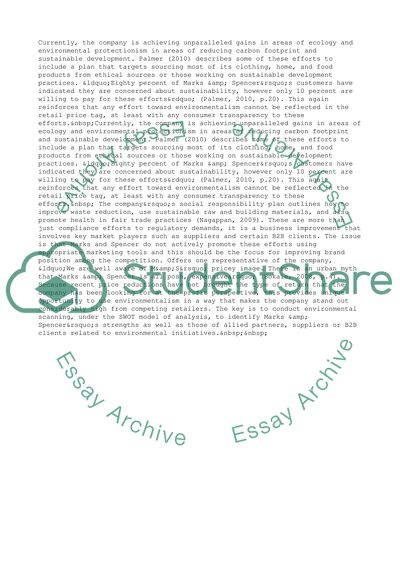Cite this document
(Alignment of Brand-Rebuilding at Marks & Spencer Case Study, n.d.)
Alignment of Brand-Rebuilding at Marks & Spencer Case Study. Retrieved from https://studentshare.org/business/1735520-strategic-assign-2
Alignment of Brand-Rebuilding at Marks & Spencer Case Study. Retrieved from https://studentshare.org/business/1735520-strategic-assign-2
(Alignment of Brand-Rebuilding at Marks & Spencer Case Study)
Alignment of Brand-Rebuilding at Marks & Spencer Case Study. https://studentshare.org/business/1735520-strategic-assign-2.
Alignment of Brand-Rebuilding at Marks & Spencer Case Study. https://studentshare.org/business/1735520-strategic-assign-2.
“Alignment of Brand-Rebuilding at Marks & Spencer Case Study”, n.d. https://studentshare.org/business/1735520-strategic-assign-2.


